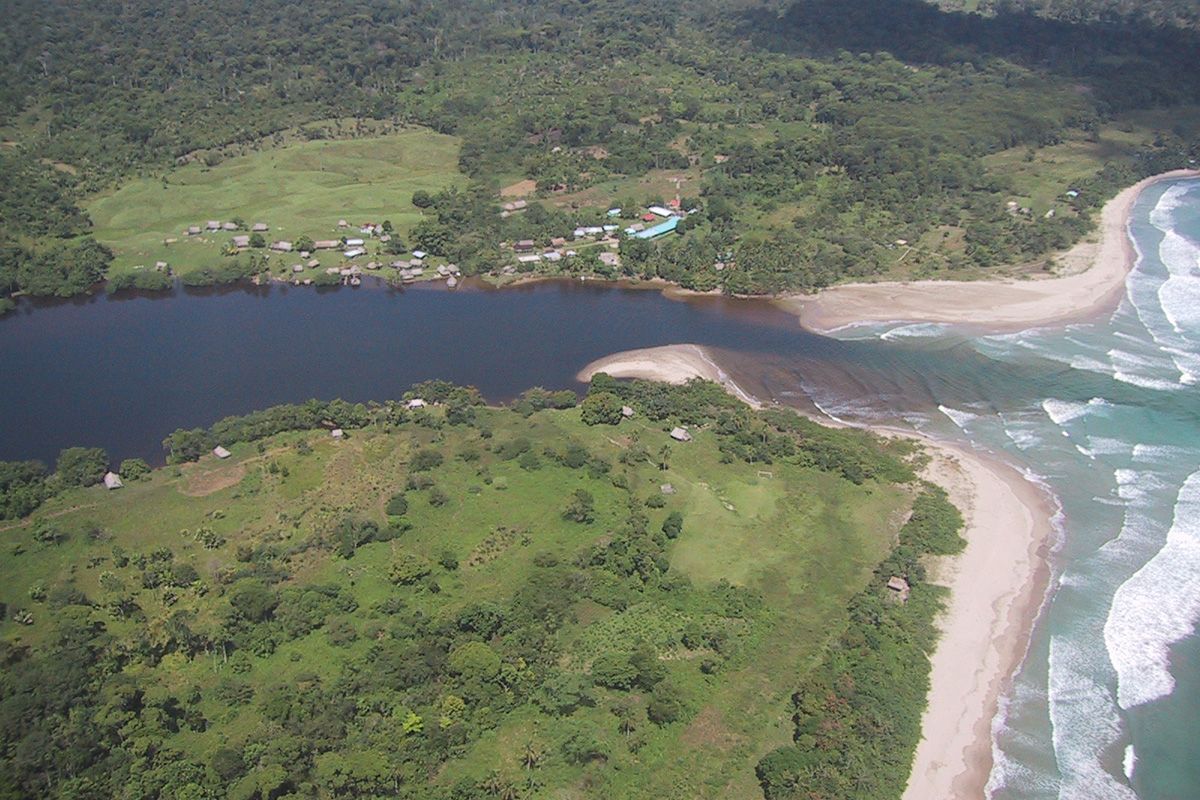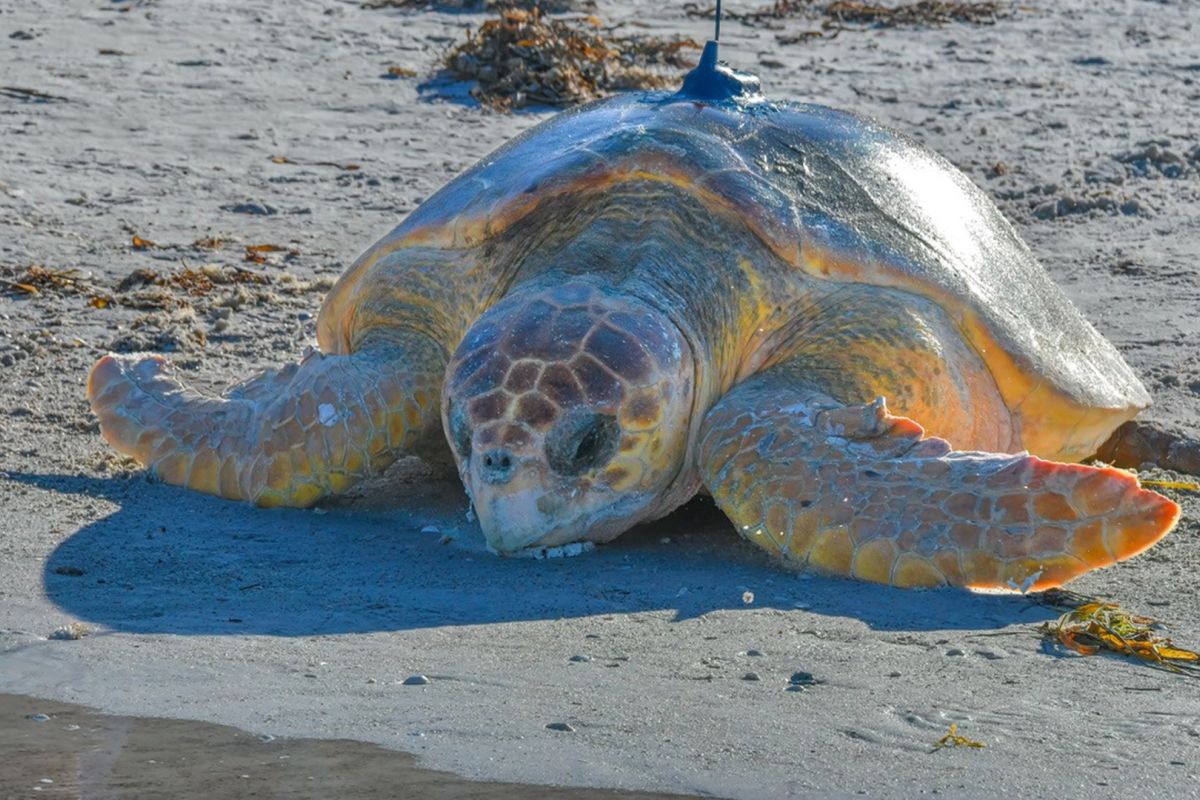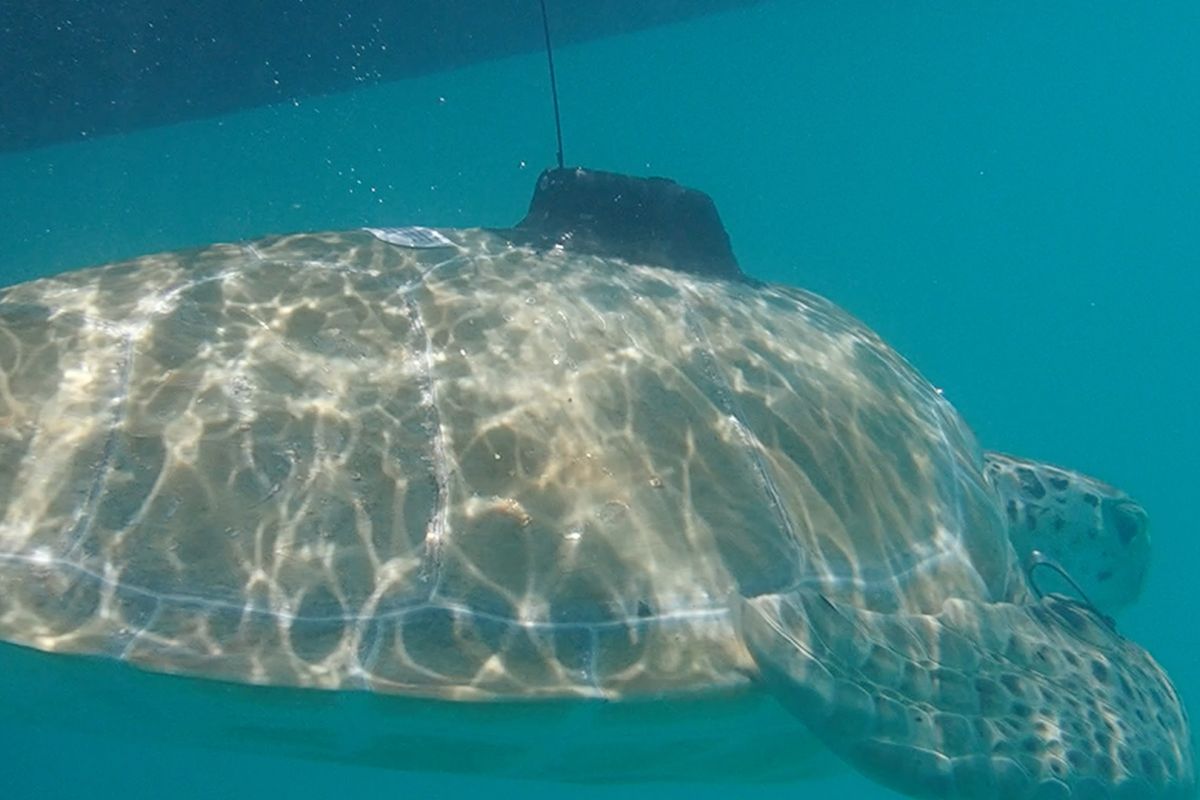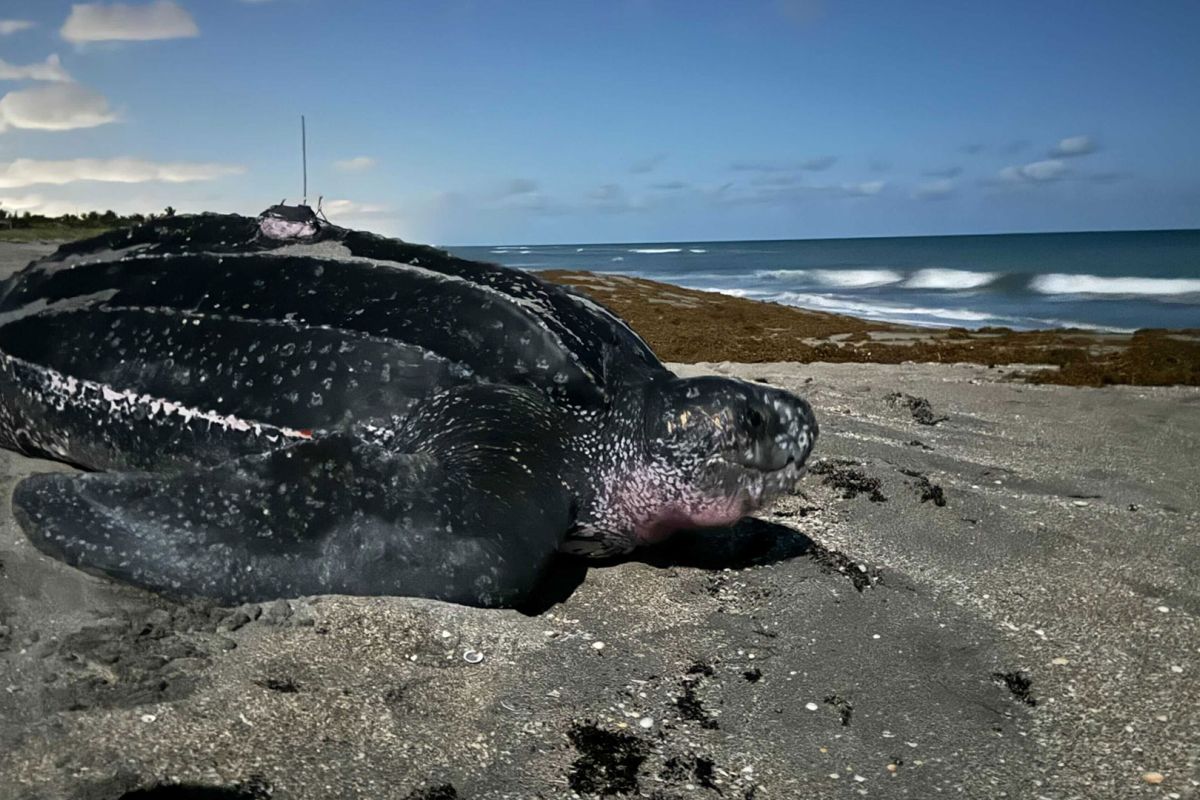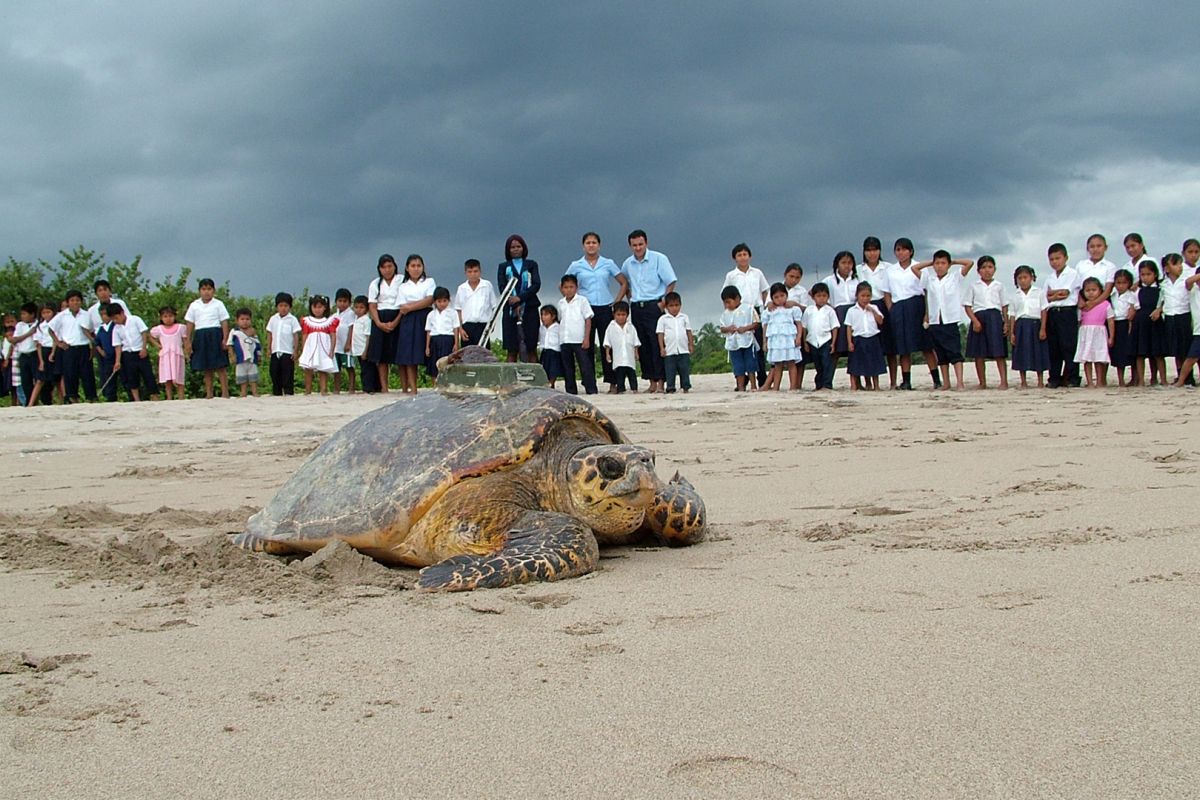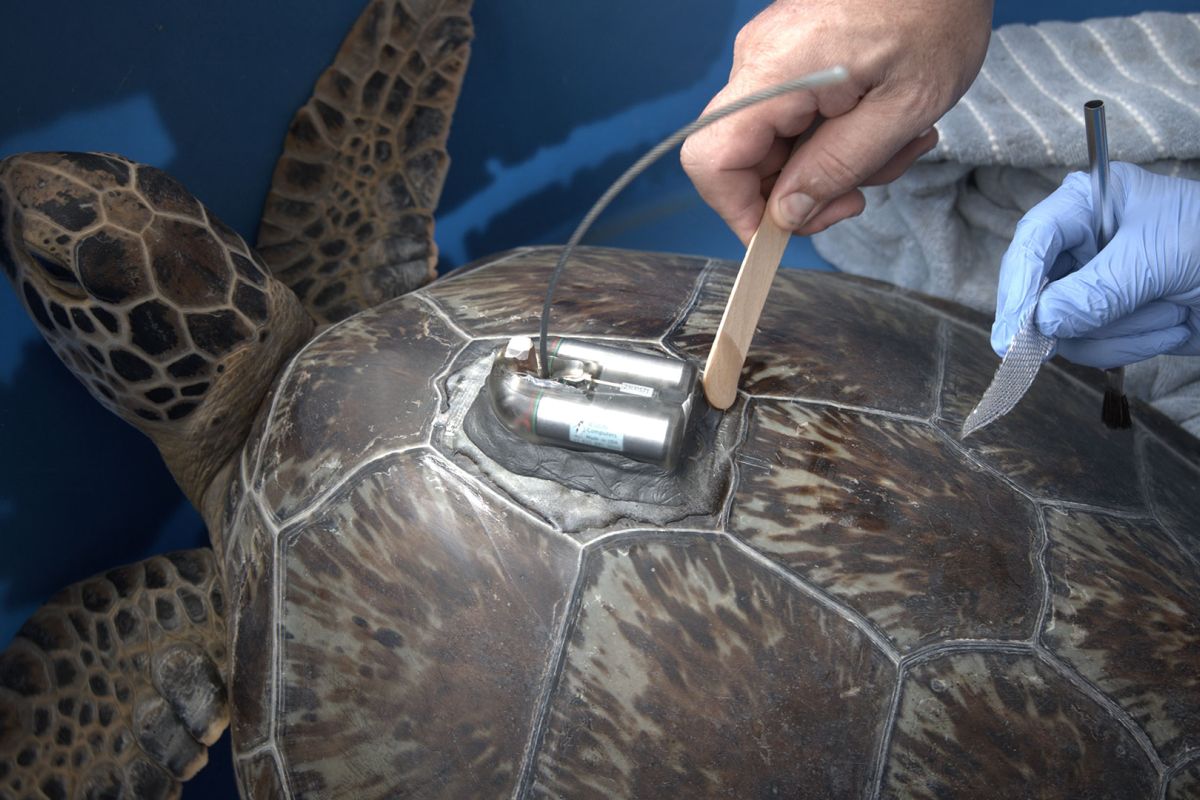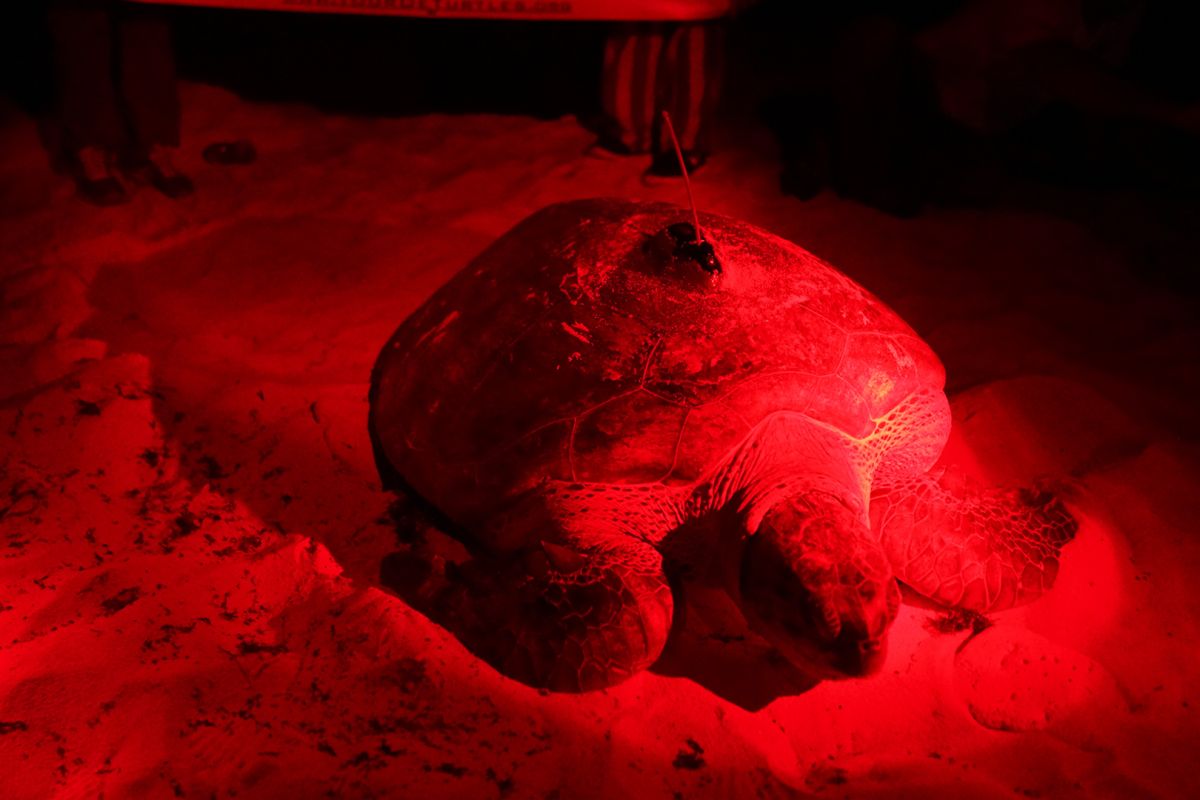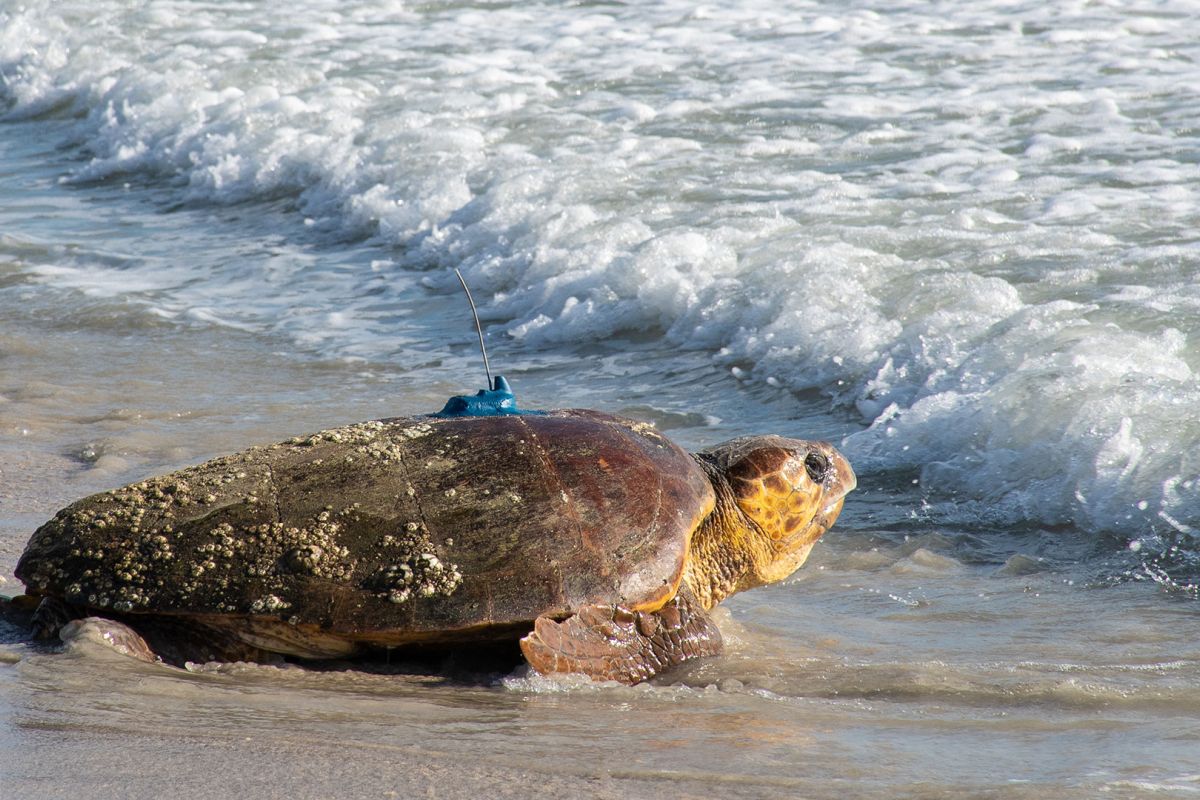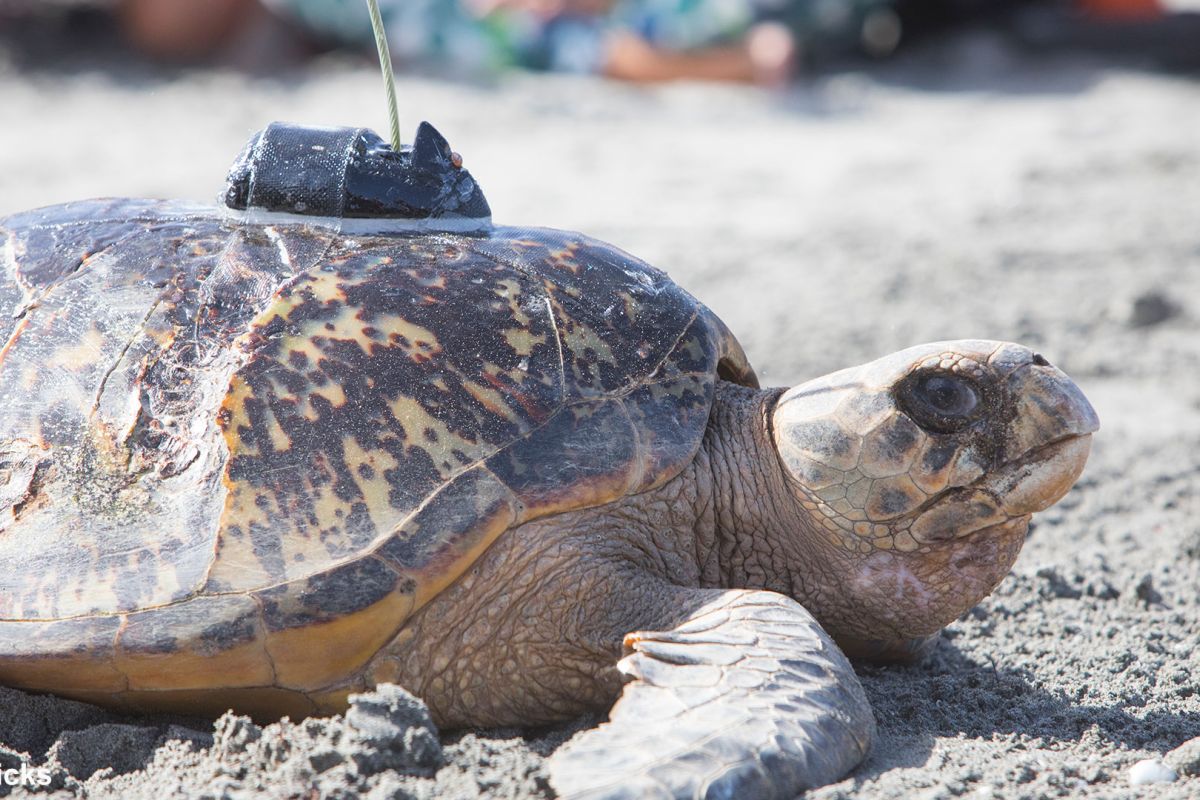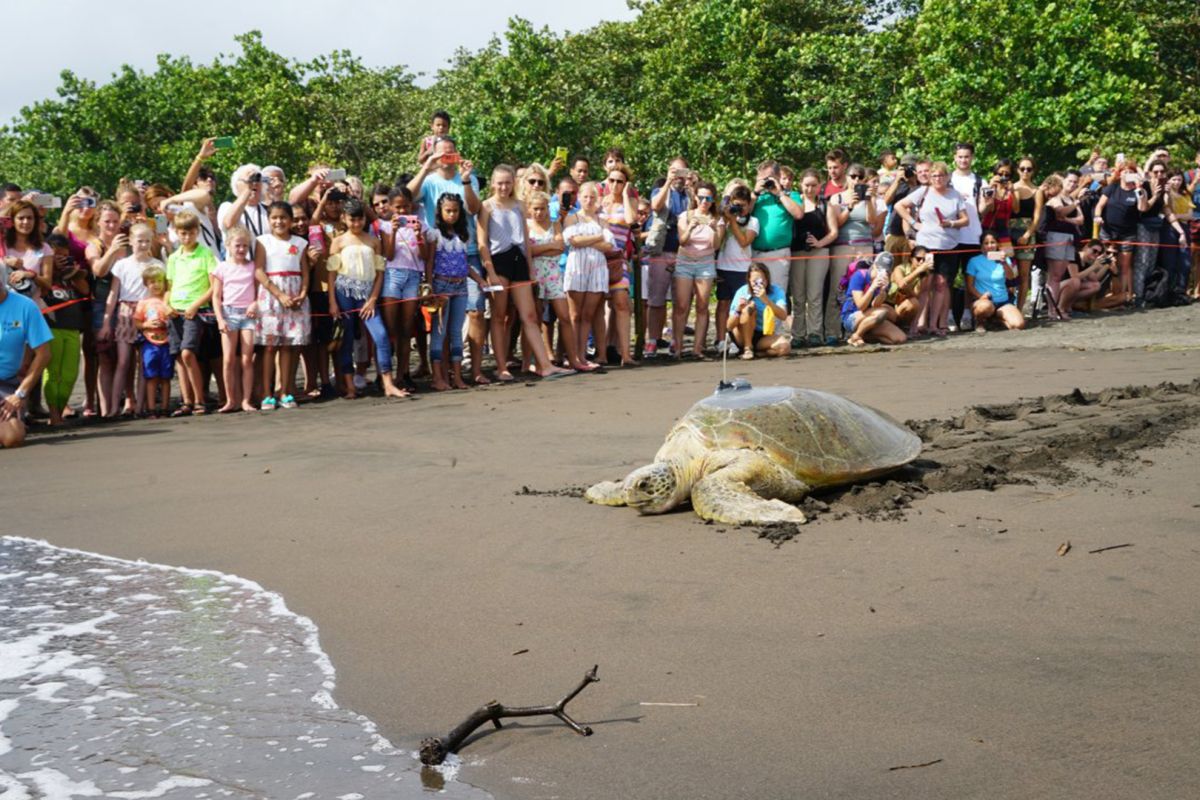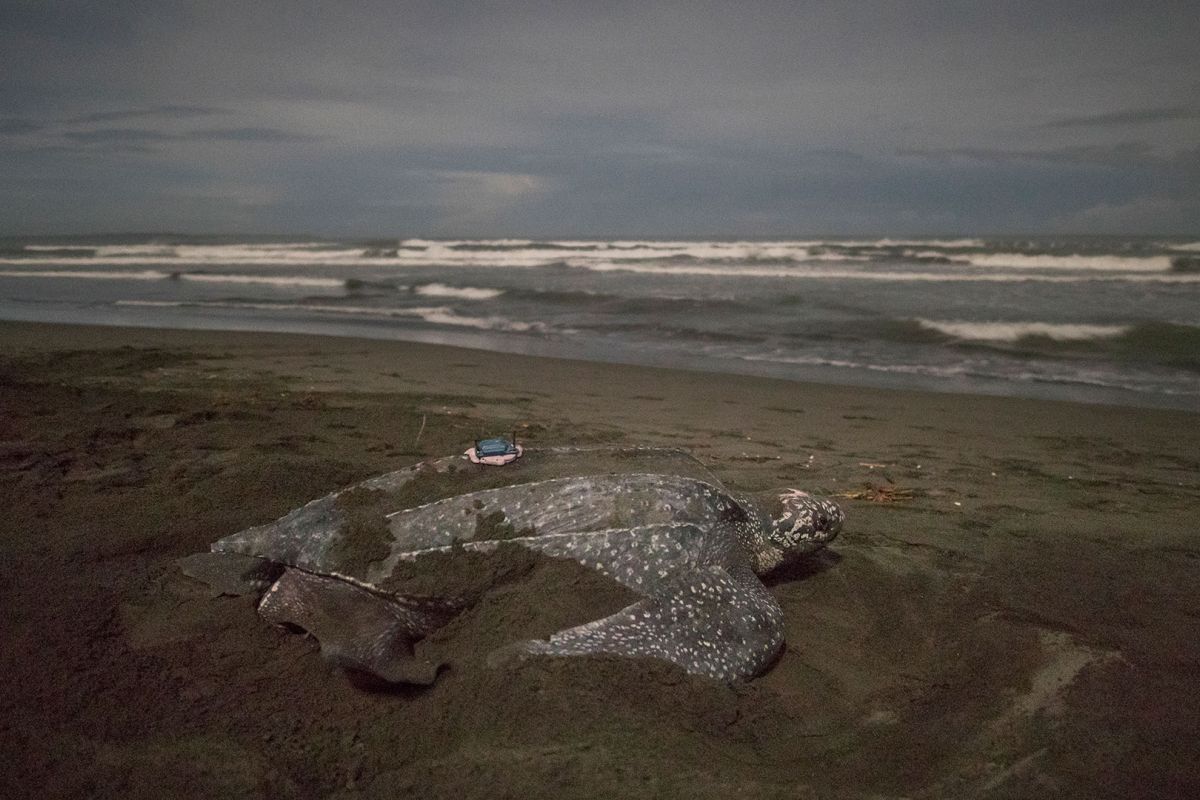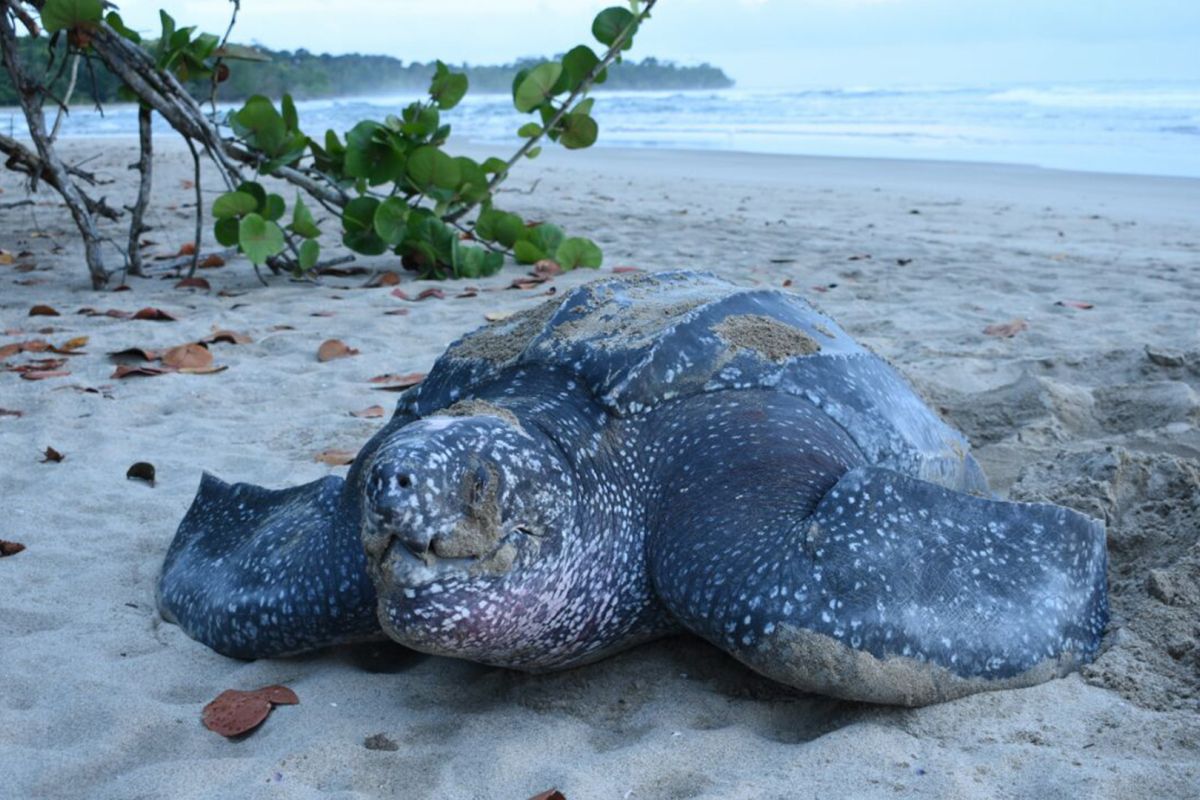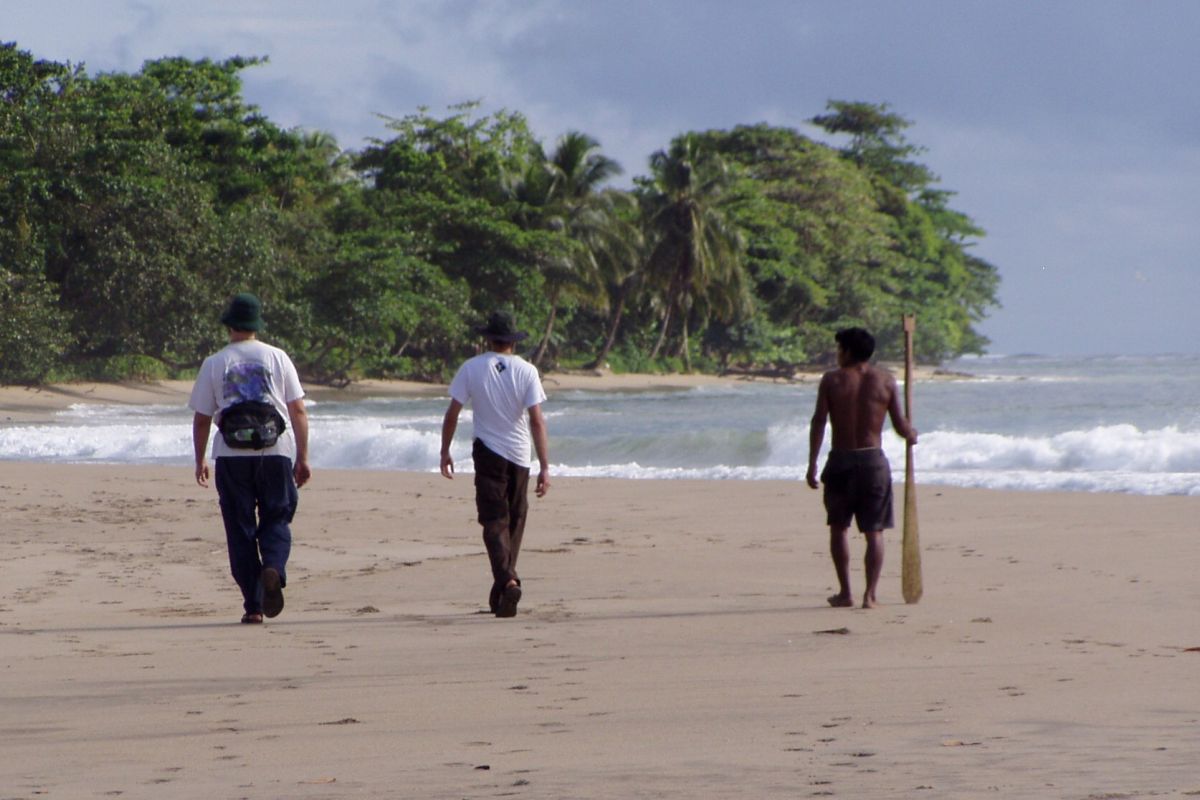Chiriqui Beach
Significance of Chiriqui Beach
STC’s work at Chiriquí began as an initiative to recover hawksbills, it was exciting to discover that this same beach hosts the fourth-largest nesting colony of leatherbacks (Dermochelys coriacea) in the world, with an average of 4,000 nests per year. Chiriqui Beach represents the most important leatherback nesting beach in the region, if not the wider Caribbean, where 1,000 – 7,000 nests are recorded each season.
Conservation through partership with indigenous Ngöbe community
The project involves local students and indigenous Ngöbe leaders in order to build a connection between the community, the Project, and the conservation of sea turtles. This program is helping to protect and recover the hawksbill and leatherback populations of Chiriquí Beach and adjacent nesting sites, and is based on the success achieved by STC in its long-term green turtle recovery program at Tortuguero, Costa Rica.
It was the indigenous Ngöbe communities that first acknowledged that the turtles needed protection. In 1995, Rio Caña residents took the first steps towards protecting hawksbills nesting on Chiriquí Beach by forming a community group, the Association for the Protection of the Ngöbe-Buglé Natural Resources (APRORENANB). Early turtle conservation efforts were rudimentary, hunting of turtles was only permitted every other year; but this initial effort revealed a community awareness of the responsibility to protect their vulnerable natural resources.
Starting in 2003, STC’s sustained presence monitoring Chiriquí Beach has greatly reduced poaching and other threats, and hawksbill nesting levels are increasing. Since then, the program has consisted of intensive monitoring of hawksbill and leatherback sea turtle nesting activity, protection of nesting females and their nests, and public education in the region, building upon an ongoing research project carried out since 1989 by Drs. Anne and Peter Meylan (Learn more about the Ecology and Migrations of Marine Turtles in Bocas del Toro Province, Panama Project conducted by Drs. Anne and Peter Meylan).
Just off the coast of Chiriquí Beach is Escudo de Veraguas, a 3.5 km2 island that belongs to the Comarca Ngabe Buglé. Hawksbill nesting occurs at beaches spread along the island’s coast totaling around 5 km in length. These combined beaches are an important nesting site with around 500 hawksbill nests per year. STC began bi-weekly monitoring of Escudo for nests in 2003. In 2012, STC began to conduct daily monitoring of Escudo de Veraguas between May and October.
Although todays nesting population is only a fraction of what it once was, there is an increased optimism that depleted hawksbill populations can respond positively to long-term protection. In Panama, an increase in hawksbill nesting has been observed at Zapatilla Cays over the last few years. This is likely due to the enhanced protection that hawksbills have received since the creation of Bastimentos Island National Marine Park, which included the Zapatilla Cays, in 1988. Results from STC’s sustained sea turtle programs at other sea turtle nesting beaches indicates that depleted sea turtle populations can be restored through long-term, coordinated research and protection of nesting beaches and foraging grounds.
